Dushanbe
Dushanbe
Dushanbe, the capital or Tajikistan, is situated in the western part of Tajikistan, almost at the crossing of Kafirnigan and Varzob rivers and south from the Fann mountains. Dushanbe means Monday in Tajik (or Persian) and the city has gotten its name from the market that used to take place there every Monday.
Dushanbe is a mix of Soviet architecture together with cozy, old, clay or brick built houses and new Tajik style buildings that are slowly taking over the traditional one or two floored housing areas especially around the main street Rudaki. Fancy gates are still a thing in all houses from different eras in all Tajikistan. Dushanbe has a very different feel in it compared to the other Central Asian capitals or major cities an a large contrast between the newly built areas and older Soviet era parts of the city. Before the Soviet period, Dushanbe was just a small village so there is no old Central Asian architecture here. The area around the northern Rudaki and next to the river are currently under heavy construction.
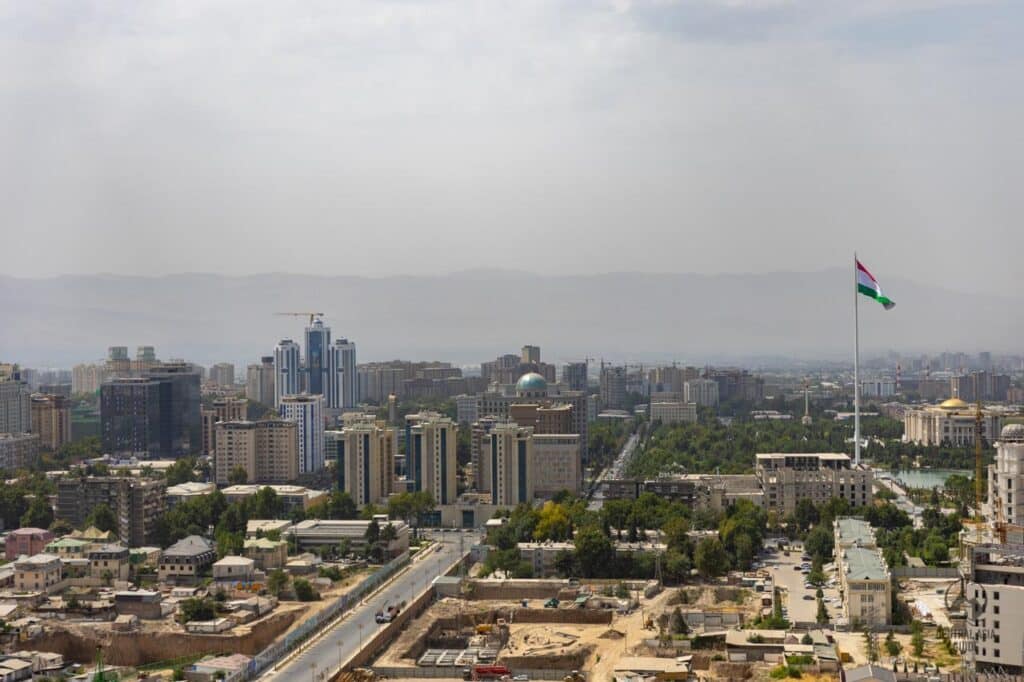
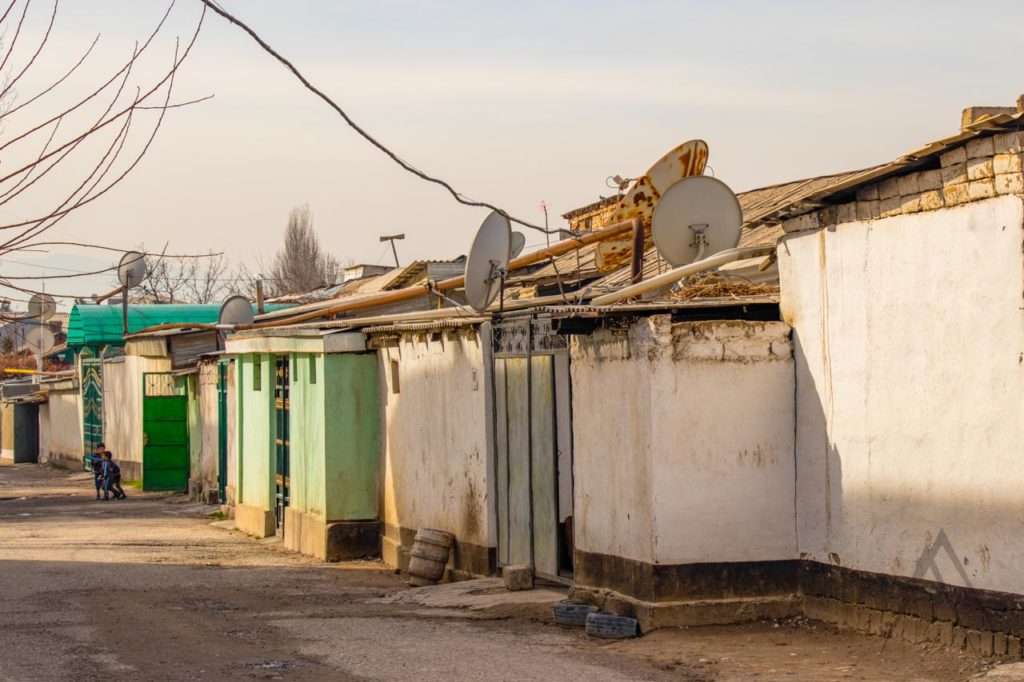
Dushanbe Rudaki street
The central areas of Dushanbe are all located within a walking distance from the main avenue called Rudaki which is named after a Persian poet. The avenue is very green and largely covered with big old trees (maybe platans?) that give shade from the sun during the daytime and provide shelter for a colony of loud birds that arrive to spend their night on the the trees every night. (The cleaning ladies come early every morning to clean up to the droppings.) Rudaki runs for about 4 kilometers from south to north (northwest-southeast in the central area), starting from the Dushanbe train station.
Along the Rudaki you will find the Opera ballet area where the locals gather in the night time to enjoy the music played and the colorful play of the lit fountains. Most of the restaurants can be found in the vicinity of the Rudaki, especially in the Bukhara street that is easily recognized from twin tower complex that looks like a wedding cake.
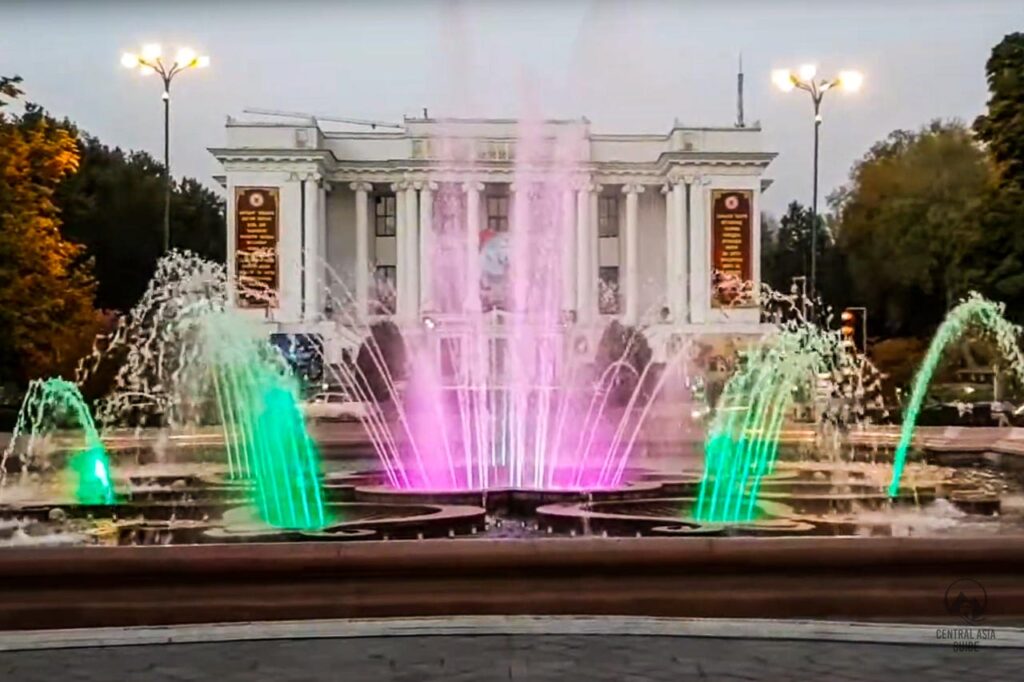
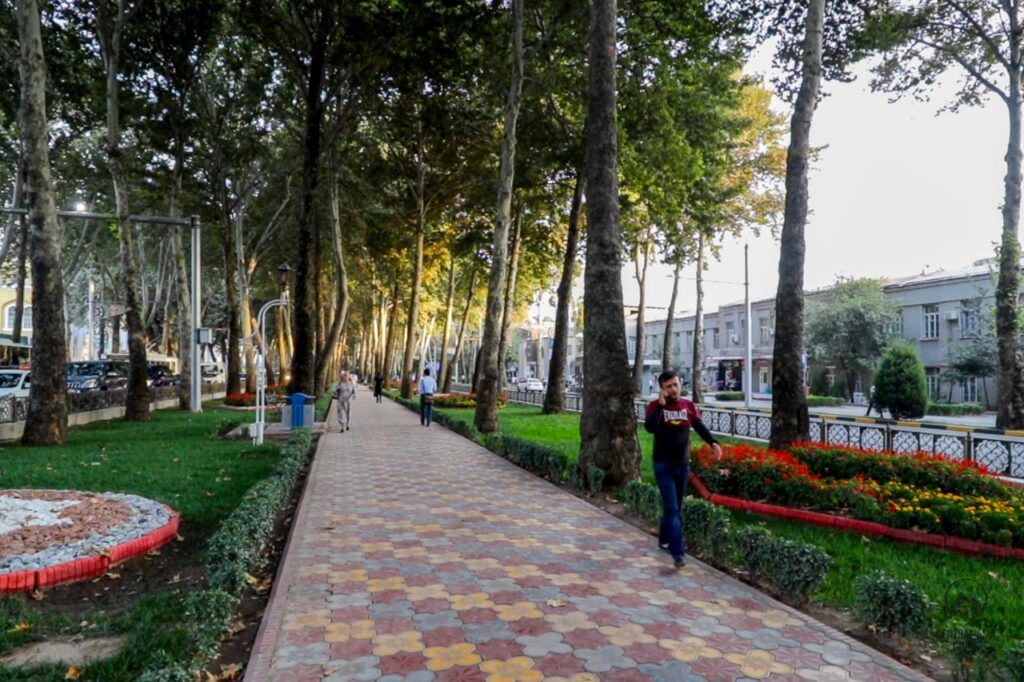
Park Rudaki is also located next to the avenue, together with the statue of Ismail Somoni, the national library and the pompous president’s palace, called the White house, which is a lot bigger than the “original” one in US. Inside the park there is a monument to Rudaki, a monument to Independence and an artificial waterfall among other things. The park continues along the Varzob river and from the western edge you can have a view of the more average Dushanbe with the Soviet buildings and less extravagant buildings. Overall it is a very nice green park with fountains and relaxed atmosphere. Local couples gather to sit together in the hidden benches of the paths of the park.
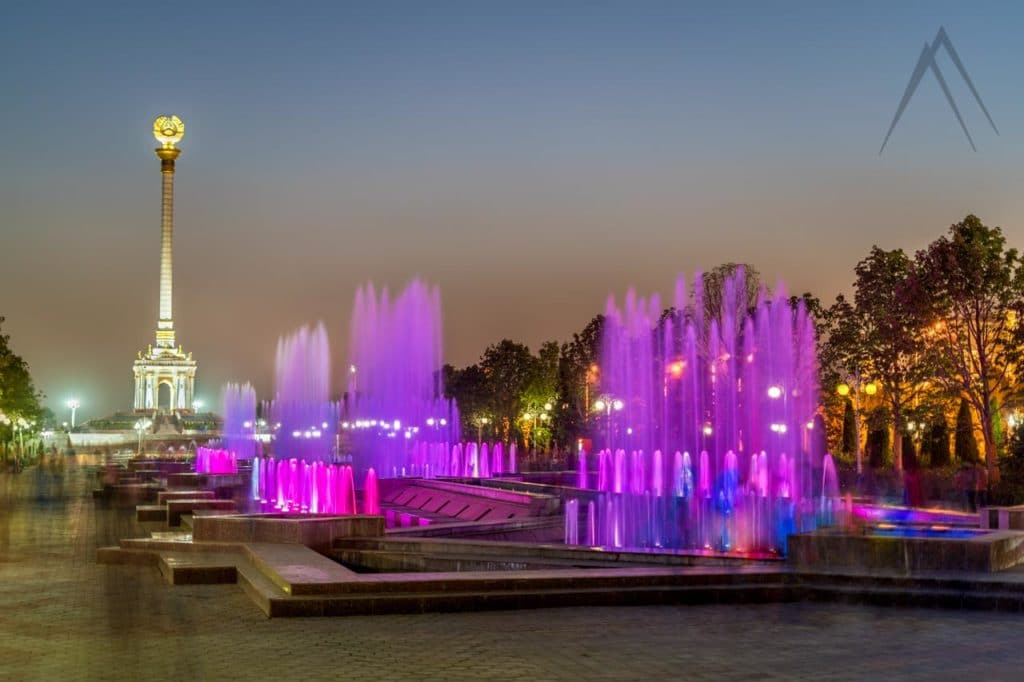

The huge flag of Tajikistan can be found north from the president’s palace. The flag can be seen from most parts of the town as the flag pole is one of the highest ones in the world. The flag pole is surrounded by a Flag pole park with a large pool and its north side lies the National museum of Tajikistan.
The museum is quite nice and modern and has several floors each dedicated to different subjects. On the east side of the Rudaki park, there used to be nice looking Soviet buildings that were well taken care of but they have now been demolished to give room for new buildings that are mostly still under construction.
Further north along Rudaki, you can find Zum (shopping center), as in most of the previously large soviet cities and several souvenir shops. Even further north, on the west side of Rudaki, lies the Dushanbe botanical garden that is nice place to visit for some shade even during the hottest hours in the summer time. In addition to trees and other plants there are some nice pavilions with the traditional carved wooden columns.
Dushanbe Bazars and souvenirs
Bazars of Dushanbe
Many sites still write about the green bazar that used to be located nearby the Rudaki and Ayni streets, just behind the opera house but unfortunately it has been bulldozed in 2018. The place remains empty for now waiting for the new projects to fill the area. Green bazar used to be an open bazar to buy all the possible edible things Tajikistan has to offer from nuts and fruits to dairy and meat products.
The major bazar of Dushanbe for food products nearby the city center area is now the Mehrgon bazar which is a 3 floor bazar with stylish interiors and is very well organized and reminds a modern shopping center except that there are not many shops, but single vendors mostly. The prices tend to be on the high end due to the rents of the modern and luxurious building. The Mehrgon bazar is located along the street Badakshan that runs at the east side of Dushanbe not far from the hills with Victory park. If you are looking for the more original bazar experience you can walk past the grand building and search what you need in the large covered area behind it.
A larger and perhaps less interesting bazar for tourists is the Korvon bazar at the far south side of Dushanbe. Most of the products sold are cheap Chinese imports for the locals like clothing and household items together with machinery and construction materials. Some woollen crafts including local traditional socks and velvet Pamir hats can be found in Khorog though.
Souvenirs from Dushanbe
What you should be looking to bring home from Tajikistan? We would recommend to buy something hand made from wood. The art of wood carving has been around for who knows how long and the handicraft is still in value. Another thing Tajikistan is famous for, are its jewels , gemstones and minerals. One can easily find nice gemstone or jewel made colorful products from the souvenir shops with green or purple colored stones in fairly affordable prices. By the way don’t leave your souvenir shopping to the airport, the prices are 2-3 times higher there compared to the Dushanbe souvenir shops.
Atlas silk products are also something very distinct to Tajikistan. You will see a lot of women wearing colorful silk dresses with similar kind of patterns when walking in Dushanbe. See our What to buy in Tajikistan page for more souvenir ideas.
What to See in Dushanbe?
After you have been walking around the Rudaki and seen the Dushanbe that has been built as a display for the foreigners, we suggest that you get a taxi or trolley bus and travel around to the city little bit away from the center areas to see the real Dushanbe. If you walk to the south side of the train station across a metallic bridge over the rails you can come across areas that have open sewers and clay built very low houses less than 1 km away from the Sheraton hotel and the international airport.
In fact, the major part of the city is filled with quite primitive small houses with closed yards, that are quite often hid away from the eyes behind bigger buildings that stand next to the major roads. During weekend mornings there are kind of yard sales or street sales where people sell their belongings and sometimes you can still find some antique items among the quite useless things that make most of the pieces displayed on the carpets on the street. Dushanbe really has two different faces to show.

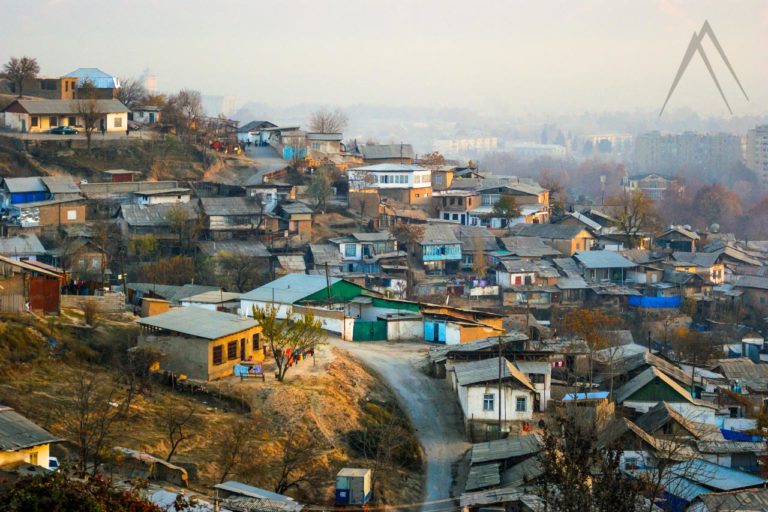
Dushanbe's Fancy Housing Area
East from Rudaki, between the Ayni and Nisor Muhammad streets, there is an area where the more wealthy Dushanbe citizens live in. The area is cozy and quiet and you can observe the local children playing in the streets. Pay attention to the gates of the closed yards. The more fancy gate, the more wealthy the people living inside. Quails can be seen in their cages in the small central yards of the blocks and grapes growing above the streets and yards. This area really has the vibe of true older Dushanbe, Tajikistan and even Central Asia.
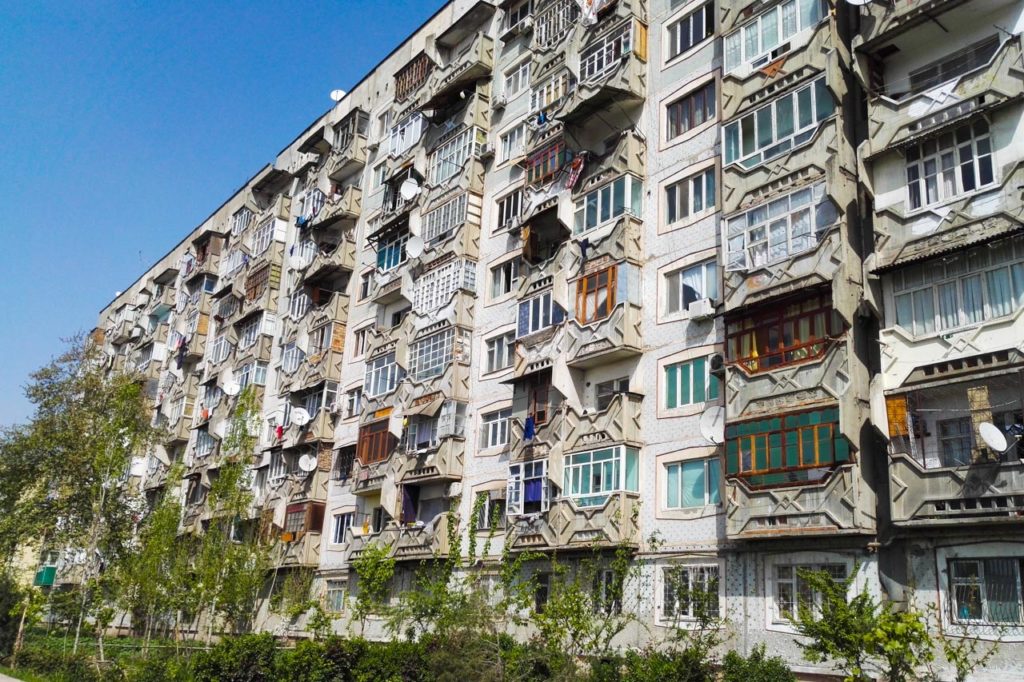
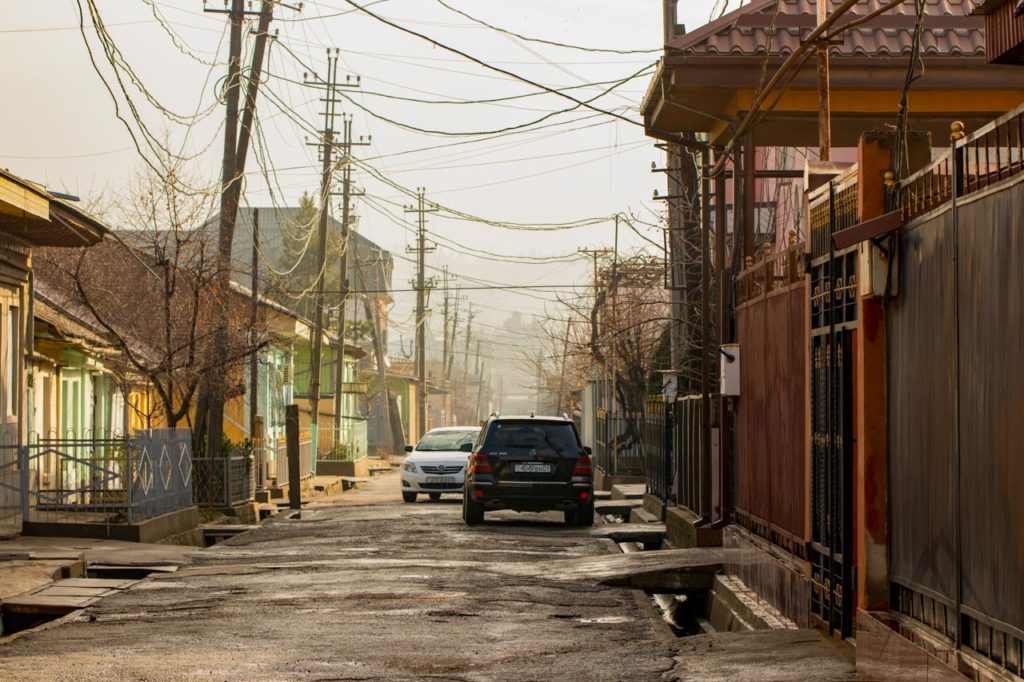
Dushanbe National Museum of Antiquities
National museum of antiquities is the cultural highlight of Dushanbe being the largest museum in Dushanbe and housing artefacts covering more than 3000 years of Tajik history. There are several floors and different exhibitions from the nature and geology of the area into the different religions and cultures that have inhabited the area in the history.
The greatest draw of the museum is the 16 m long sleeping Buddha in the second floor (was under renovation in late 2023). The greatest archaeological discoveries of Tajikistan are here (Yet some have been taken to British and Russian museums) and mostly taken from the regions so if you are going to visit some of the sights around the country, the museum can give some good insight to the locations. Most of the artifact findings of Tajikistan are displayed in the National museum of Tajikistan and the Buddha would be there as well but it was found out that it was too brittle to be moved.
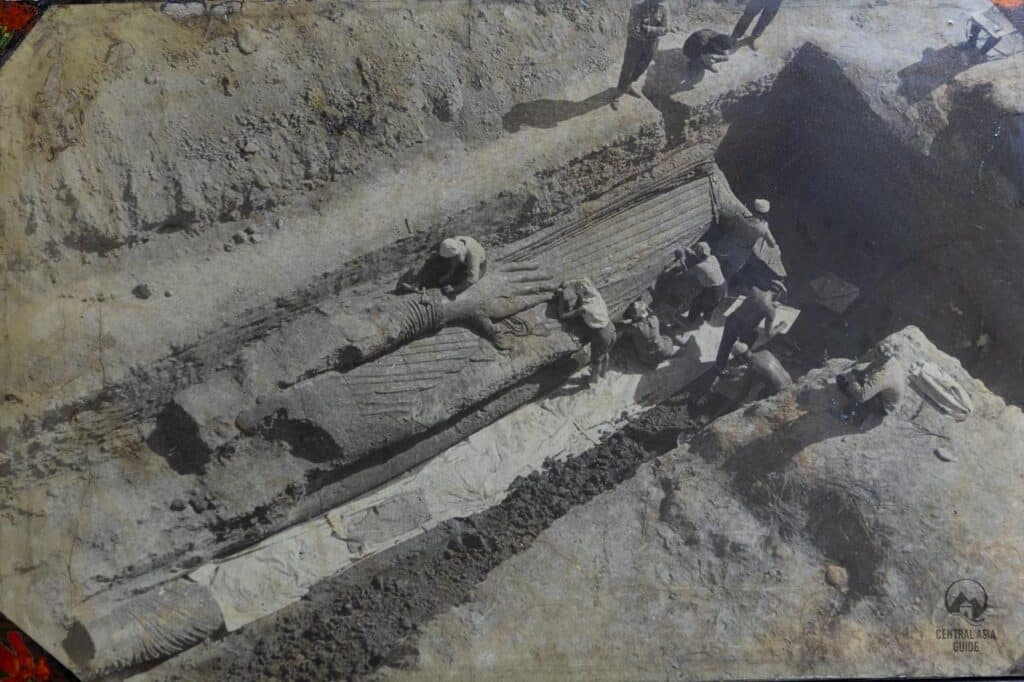

Dushanbe Istiqlol (Independence) Park
The latest landmark of Dushanbe is the independence park with a tall tower called the Istiqlol park. The park follows very much the style of Rudaki park but has larger areas for walking and in front of it it appears to have a large square for organizing events.
It is possible to get inside the tower and all the way to the top as well. The lower floors house miniatures of other sights in Tajikistan and also display fine examples of different handicrafts and art made by Tajik artists. The ticket to enter the independence monument is rather expensive but the view from the top is also quite nice, especially after they finish the large construction projects next to the park towards the city center.
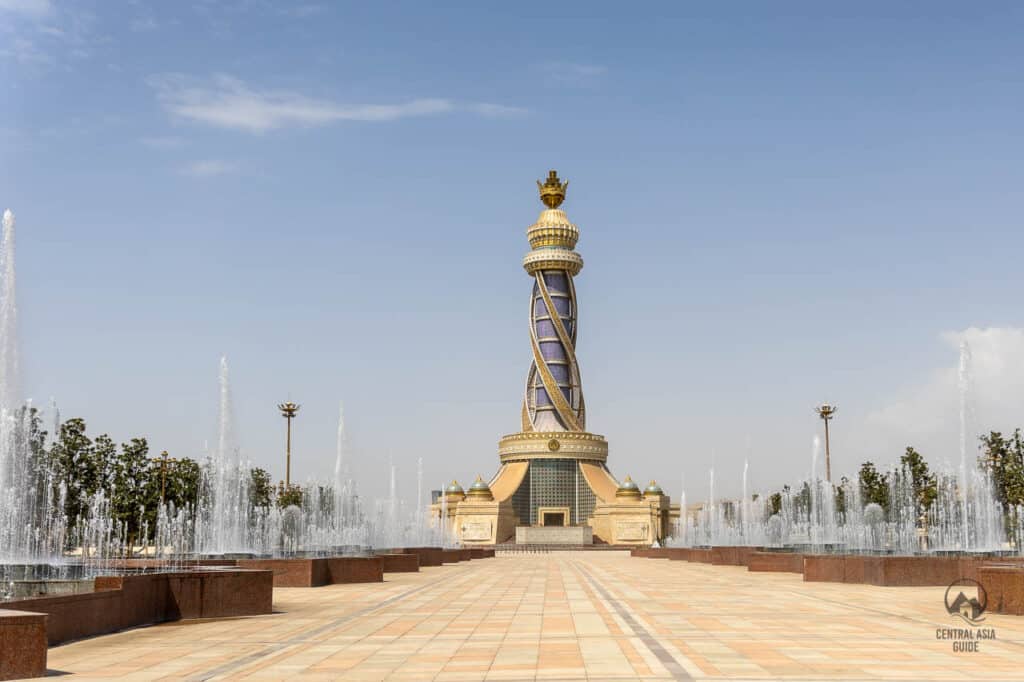
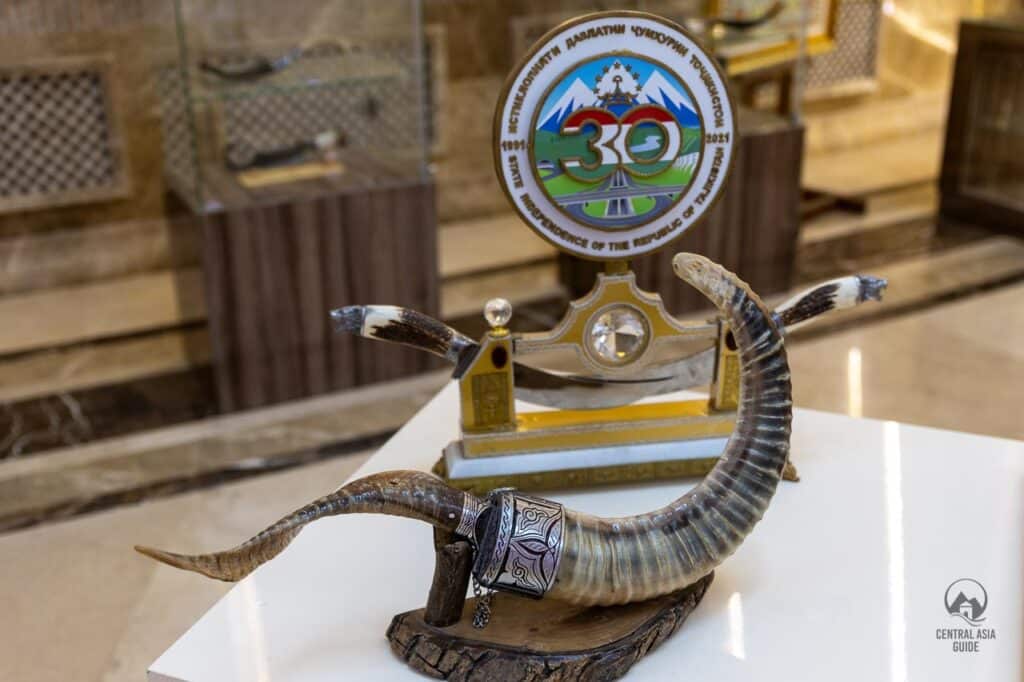
Tours from Dushanbe
Dushanbe Ismaili center
Ismaili center is a cultural centre and a place of prayer for the minority of Shia Ismaili who have mostly moved or forced to relocate to Dushanbe from Pamir. The building is one of the stylish ones in Dushanbe giving contrast to the pompous modern buildings and gains more from the older traditions yet in modern style.
World's largest teahouse in Dushanbe
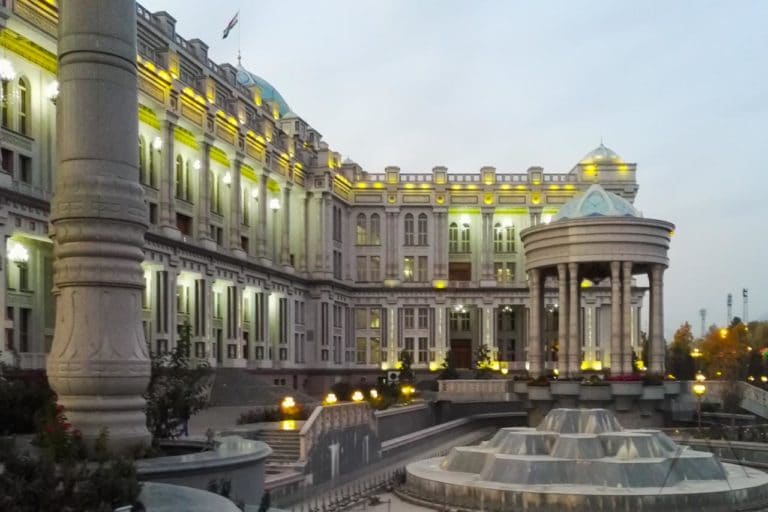
Speaking about pompous, if you are driving the Dushanbe’s northern main bridge over the river Varzob, running through the city, you cant miss the Kokhi Navruz, which is claiming to be the world’s largest teahouse. It includes a movie theatre, bowling alley and several halls for big banquets.
The “teahouse” is located northwest from the flagpole, next to hotel Hyatt and a big artificial lake. The tea house can be freely visited and it might be possible to get a peak inside some of the large decorated rooms if the venue is free.
Dushanbe victory park and Russian cemetery
Victory park in Dushanbe and the Russian cemetery are located at the hill on the east side of the city. There is a cable car going up to the hill but it has not been working any time recently. Next to the cable car station there are some nice restaurants for dinner or just for coffee. From the victory park you can get a good view of the whole Dushanbe and enjoy a more quiet atmosphere.
The Russian cemetery lies to the South from the victory park and is a traditional Russian cemetary with the pictures of the persons in their grave stone and quite often the graves are fenced with a lot of plants growing inside the fence due to lack of maintenance. There are a lot of old trees in the area so it could be a nice idea to spend a hot afternoon under the shade.
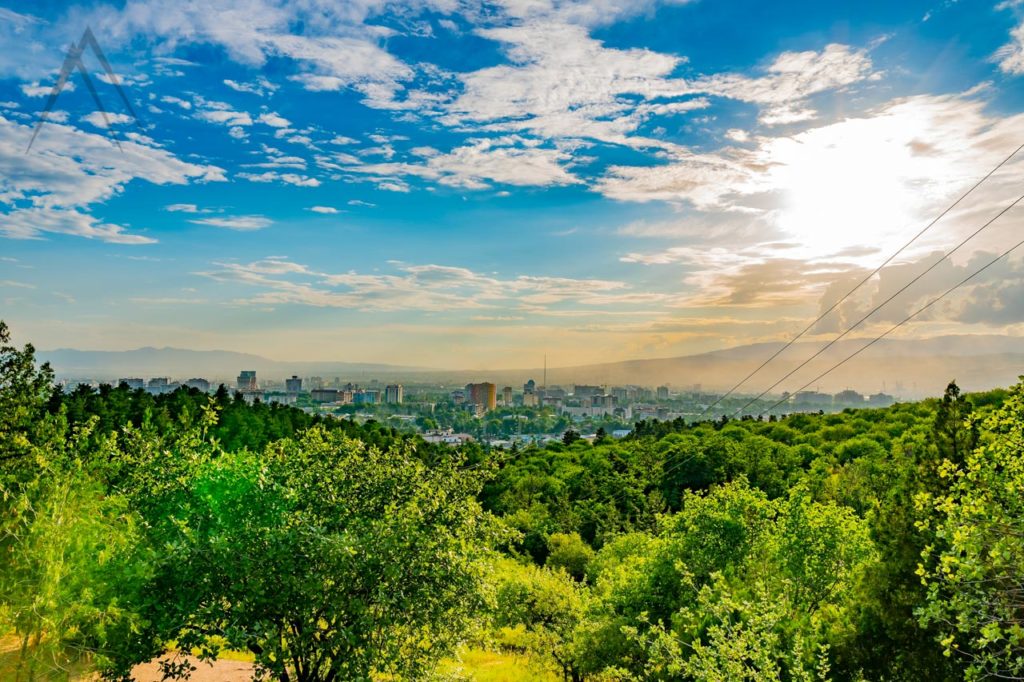
Dushanbe Waterparks
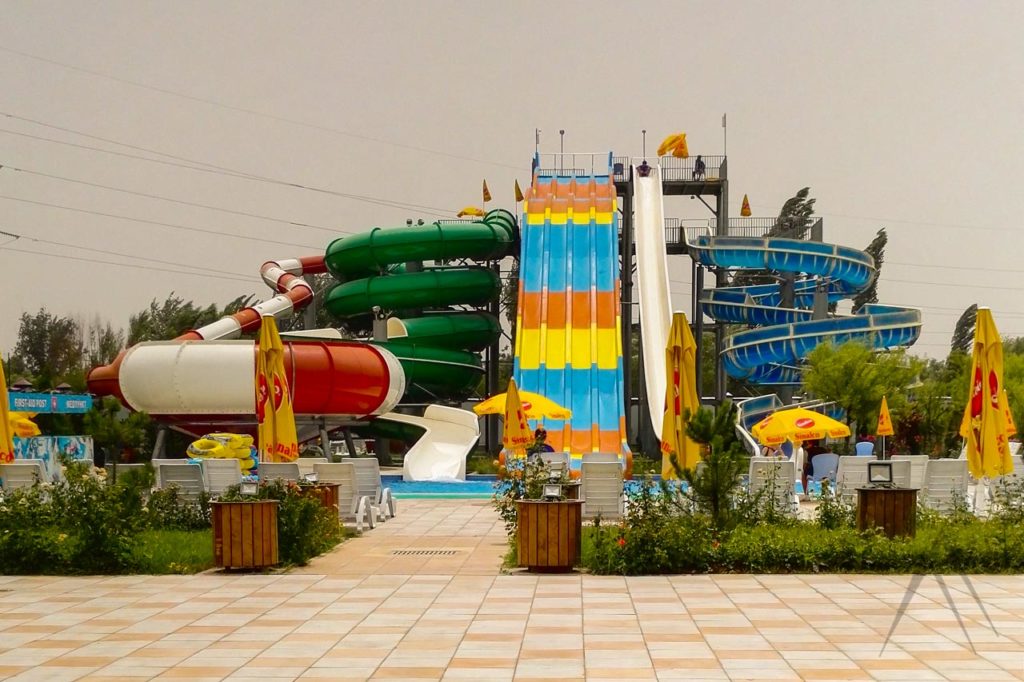
It might be surprising but Dushanbe has several nice waterparks. Some of the best are the Obshoron near the National museum and the Delfin which is several kilometers to the west from the city center but worth the taxi drive. There are also several gyms or health centers that offer inside pools for the ones that want to cool off for a moment.
The lake Varzob (north from Dushanbe along the river Varzob) is also a nice option to spend a hot day though the palm trees are plastic and the lake is only filled during the hottest summer months for recreational purposes. The price has been lately significantly increased in order to keep away the local young guys and to make the place more female friendly.
Haji Yaqub mosque
Haji Yaqub mosque reminds an ancient Uzbek mosque but with colors not faded and as they have most likely been as new but was nevertheless founded more than 300 years ago. The shade of the blue color used is not the same lapiz lazuli as in Samarkand, Buhkara or Khiva but more light blue reminding the Soviet light blue color together with greenish colors.
Haji Yaqub mosque was the central mosque of Dushanbe until the new grand white mosque with room for 120 000 worshipers was finished at the other side of the river Varzob.

Travel to Dushanbe
Dushanbe by plane
Dushanbe airport is very close to the city center on the south-east side of the city. It takes only 10-30 minutes to reach the airport dependingon of course where you are staying in Dushanbe. The airport is modern and clean. Some hassle might still be expected in the immigration, first with filling the immigration card and then queuing for the passport control and finally x-raying your belongings and checking the luggage tag (don’t lose it!) before exiting the arrivals area.
Also make sure that you retain the small part of the immigration paper that will be stamped at the passport control as you need to return it when leaving the country.
Dushanbe airport is quite well connected and offers connections to several Russian cities, Istanbul, Bishkek, Tashkent, Teheran, Almaty, Urumqi, Dubai and Khujand to mention some.
Dushanbe by car/bus
Dushanbe can be reached by car driving to through the Fann mountains and several passes and tunnels on the way from Khujand or other Fergana Valley cities. From Samarkand you can also drive towards the Fann mountains, first towards Panjakent and after border join the Dushanbe-Khujand road or take the longer southern route through Denau and Tursunzoda passing Termez on the way.
Buses from Dushanbe drive to Denov on the Uzbekistan side of border. Public transportation options by buses are also available for both roads. Changing of buses and having shorter distance taxis to reach borders or public transportation hubs in between might be necessary though. There are also other border crossings but them being open to foreigners tend to be quite erratic.
Dushanbe by train
Nowadays there are not that much trains moving in Tajikistan as the relations between Tajikistan and Uzbekistan have not been the greatest in the past and the international rail connections are only possible through Uzbeksitan’s soil. (Situation has started to improve lately and trains have reportedly started to move again). Dushanbe is connected by rails to several smaller towns so trains can travel inside Tajikistan but the trains are infrequent and the time tables quite erratic.
Moving inside Dushanbe
Dushanbe has a network of trolley buses and normal (Chinese made) buses but they are limited to the central area. The bus 3 rides along the Rudaki continuously and costs 1 TJS. The way to really move around to your wished destination is by taxi. There used to be a lot of unofficial “number taxis” having a number shown under their windshield and driving a certain route back and forth picking and letting people go where they wish and costing only 8 somoni / person no matter how long you sit. Most of this service has been cut out by the police but you can still see cars showing a number if you look like you might be needing a ride.
Dushanbe has actively promoted official taxi services where you can call for a taxi or use an app to order a one and the number of official taxis has increased lately but you need to have a local sim card to use the apps or to call the taxi call centers. The cars with the official taxi companies are a lot better than with the unofficial ones but are still quite affordable and have the meters always in place. A normal price for a ride inside the city should be around 20-30 TJS. If you pick a taxi without a meter from the street it is better to agree the price beforehand (Taxi drivers usually do not speak English and even their Russian can be quite rusty).
If you need a ride and cannot see any taxis standing around you can also try to just put out your hand to the street at the curb and most likely a car will soon stop and ask where you want to go. The center area is quite compact and can be explored by foot. If you want to explore destinations outside Dushanbe we suggest that you ask the hotel to arrange a car and also a driver if you wish so.
Where to go from Dushanbe
Useful tips for Dushanbe
- Watch where you step in Dushanbe! There are uncovered open ditches with sewage all around (especially if you venture a little bit out of the grand central area) and sometimes there are holes in the pavement and bridges.
- The nightlife in Dushanbe is quite limited but there are some nightclubs and several pubs where foreign beers and usually good grill food is served. Meat dishes are considerably cheap due to the fall of the value of somoni in the last years.
- It can be sometimes hard to find ATMs that have money in them. The most reliable one has been the one in the Hotel Hilton at the Ayni street. Quite often even the banks are without cash so make sure that you get enough somonis when you have the chance. Card payments are very rarely accepted in restaurants or shops.
- Internet tends to be very slow even in Dushanbe and the rest of the country is even worse. You can get a local sim card with a data package from an operator office with your passport and proof of residence but the prices are very high compared to the other Central Asian countries or even internationally. Many services like Facebook are sometimes blocked without a vpn.
- Driving culture inside Dushanbe is not the worst but not the best either. Roads in Dushanbe are in adequate condition which cannot be said about the roads in the Tajik mountain and rural areas.
Tajikistan Tours
Page updated 15.12.2024